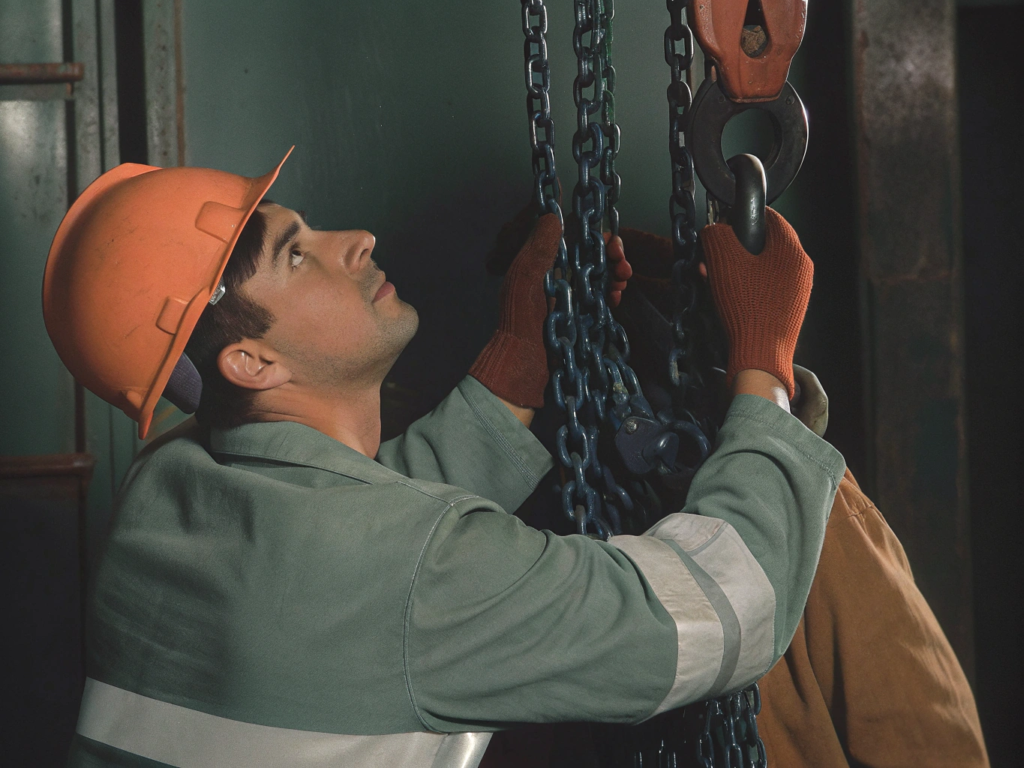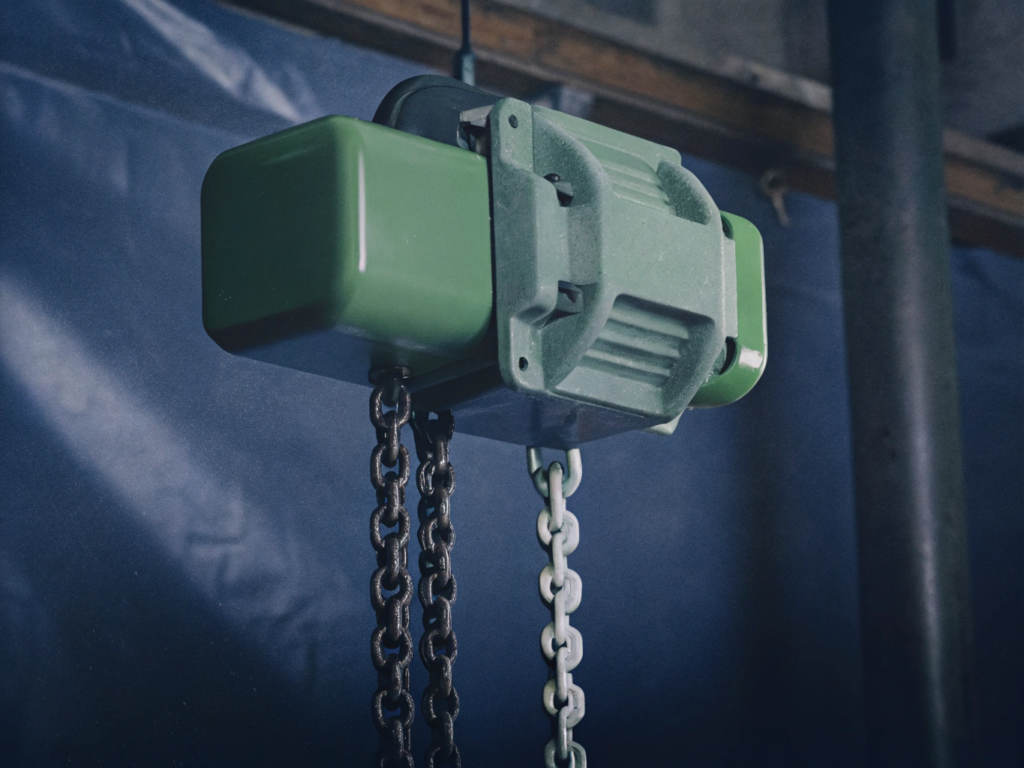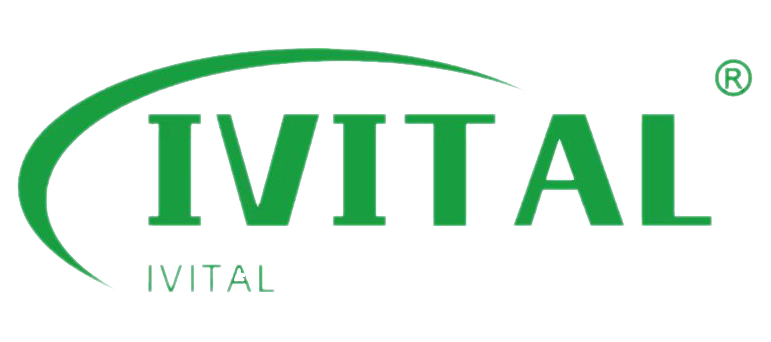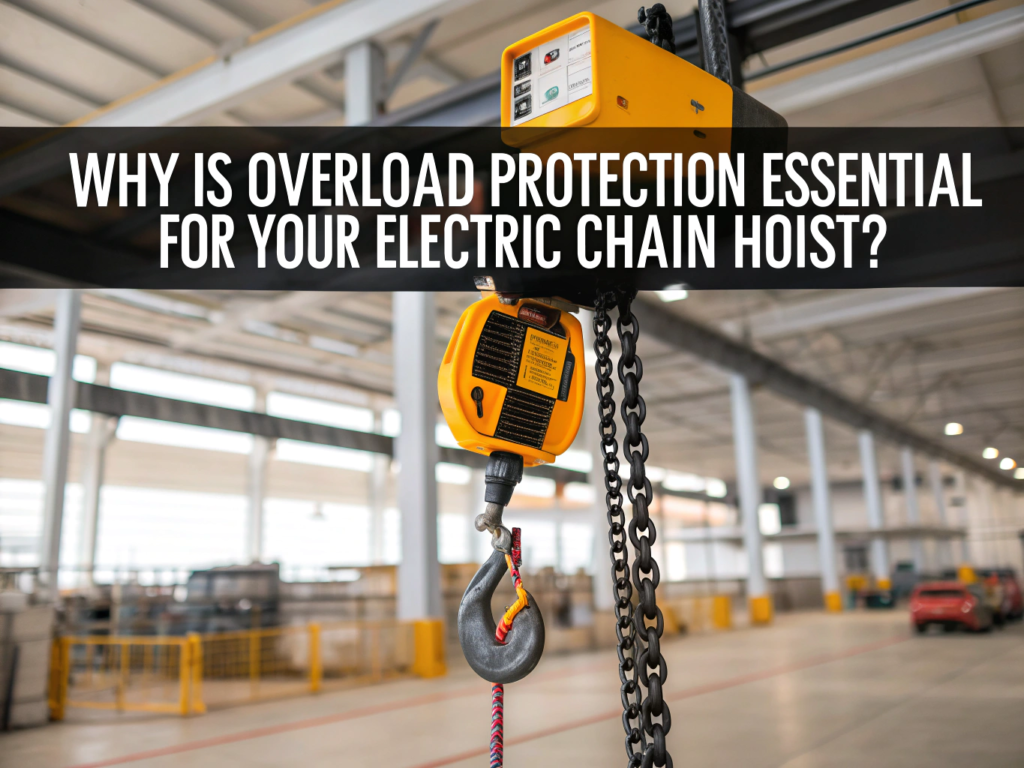
When working with electric chain hoists, I’ve often seen how easy it is to ignore the importance of overload protection. But neglecting it can lead to accidents, damaged equipment, and costly downtime. It’s something I learned the hard way.
Overload protection prevents the hoist from lifting beyond its rated capacity. It detects excessive weight and disengages the motor to avoid damage or accidents.
I’ve experienced situations where this simple feature saved both equipment and personnel. Now, let’s dive deeper into its importance.
- What is overload protection on a chain hoist?
- What safety precautions must be followed when using a chain hoist?
- What are the hazards of electric hoist?
- What is the primary risk of overloading a crane beyond its capacity?
What is overload protection on a chain hoist?
I used to wonder how overload protection really works on a hoist. It’s a simple mechanism that can save you a lot of headaches.
Overload protection on a chain hoist ensures the hoist cannot exceed its weight limit. It prevents the chain from slipping or the motor from engaging, which protects the equipment and workers.

How It Works in Simple Terms
The system works by monitoring the weight of the load. If it exceeds the safe limit, the overload protection engages and stops the hoist from lifting. This ensures safety by preventing overloading.
| Type of Protection | Function | Benefit |
|---|---|---|
| Slip Clutch | Stops lifting when overload occurs | Protects motor and prevents strain |
| Thermal Overload | Prevents motor overheating | Keeps the motor safe from damage |
| Load Limiter | Cuts power when load limit is exceeded | Stops overloading before damage |
What safety precautions must be followed when using a chain hoist?
After working with hoists for years, I’ve learned that safety isn’t just about using the right equipment. It’s about following proper precautions to ensure smooth operation.
When using a chain hoist, always check that the hoist is securely attached to a suitable support. Make sure you’re working on a stable surface and wear the right PPE.
Safety Tips for Hoist Operators
Here are some simple but critical tips I follow to stay safe:
- Always wear PPE
- Ensure stable work surface
- Check hoist attachment
- Double-check the load weight
What are the hazards of electric hoist?
I’ve encountered several risks when working with electric hoists. It’s essential to understand the potential hazards to prevent accidents.
The biggest hazards include electrical shocks, falling loads, and overloading the hoist. Regular maintenance and proper operation help minimize these dangers.
Common Hoist Hazards and How to Avoid Them
Overloading is one of the most common hazards. If the hoist exceeds its rated capacity, it can lead to structural damage or failure. To avoid this, always check the load weight and use overload protection.
What is the primary risk of overloading a crane beyond its capacity?
Overloading is one of the most significant risks when using cranes or hoists. I’ve seen it happen in workplaces, and the consequences can be severe.
Overloading puts extreme strain on the hoist or crane structure, leading to potential mechanical failure or even collapse. This can cause serious injury or damage to property.
The Dangers of Overloading a Crane
Even a small overload can weaken the structure over time. Repeated overloading can eventually cause the boom or lift system to fail, resulting in costly repairs or accidents. I’ve learned that it’s not worth the risk.
Conclusion
Overload protection is essential to keeping both operators and equipment safe. By ensuring the hoist stays within its rated capacity, we avoid accidents and costly repairs.



